Online dating is an exciting way to meet new people, but let’s be honest, it also comes with risks. Catfishing being one of the biggest. It’s when someone fakes their identity online, often leading to emotional manipulation or financial scams. Dating apps make it easy for fraudsters to set up fake profiles, augmenting the risk manifold. So much so that some of the platforms have earned the reputation of being catfishing apps in the digital dating world.
When you sign up for online dating, thinking about your safety and ways to protect yourself from these very real risks should be non-negotiable. Don’t lull yourself into a false sense of safety thinking, “This won’t happen to me”, or “I’m too smart to fall for a catfish.” In 2022 alone, nearly 70,000 people in the U.S. lost $1.3 billion to romance scams.
Why are some dating platforms so vulnerable? Because many of them prioritize user growth over safety. Verification steps are often skipped to keep sign-ups smooth. So, it’s upon you to make sure you stay safe when you venture into the digital space in the search of love and companionship. We’ve put together this detailed guide to help you do just that. Let’s look at the dating apps where catfishing is common, red flags to watch for, ways to protect yourself and smarter, safer alternatives you can explore. .
7 Catfishing Apps in the Dating Sphere
Table of Contents
Catfish can lurk anywhere online but certain dating apps have become their preferred hunting grounds for the sheer ease with which they can scam people on these platforms. Let’s take a look at seven such well-known dating platforms that have become notorious as catfishing apps.
If you use these apps, don’t panic, but do stay on your guard. The goal isn’t to scare you off online dating, but to help you recognize the risks and catfish red flags online dating can present. From swindlers on swiping apps to con artists on niche platforms, here’s what to watch out for:
1. Tinder
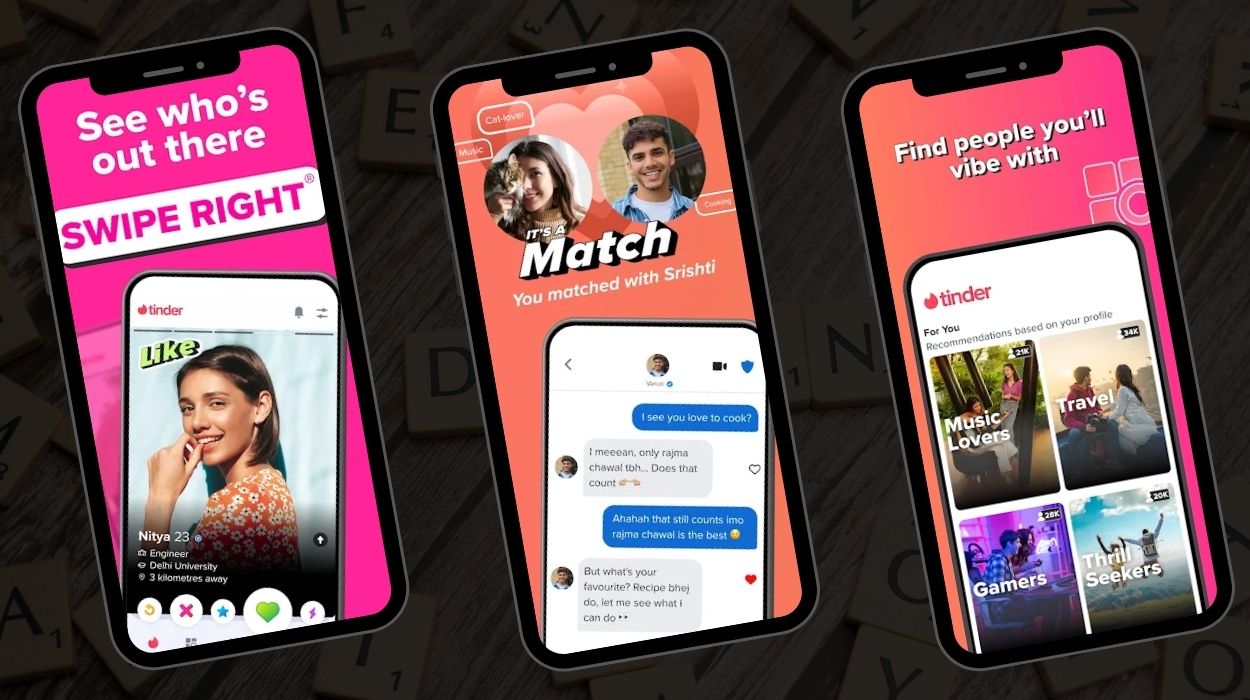
When it comes to catfishing on dating apps, Tinder is the first name that comes to mind. As the world’s most popular dating app, Tinder offers catfish a huge pool of targets and relatively few barriers to entry. It’s free to sign up, and for years all you needed was an email or Facebook account—things any determined scammer can fabricate in minutes. Tinder now offers photo verification (that blue checkmark) but it’s optional.
That means the platform still has plenty of unverified profiles, and not everyone here is who they claim to be. From catfishing with fake military profiles to glamorous models who always have an excuse not to video chat, Tinder has seen it all. A Mother Jones investigation even dubbed platforms like Tinder a “paradise for predators” because of how easily con artists can roam them.
Related Reading: The Dangers Of Online Dating In 2025 And How To Avoid Them
Real-life incidents of catfishing on Tinder
Perhaps the most infamous catfish saga on Tinder is the Tinder Swindler. Israeli conman Simon Leviev (real name Shimon Hayut) matched with women on Tinder while posing as a wealthy diamond mogul’s son. He wined and dined his dates in private jets, only to later ask them for emergency funds under false pretenses. Resorting to catfishing for money on dating apps is one of the most common MO, and Leviev used it perfectly to deceive multiple women into taking out huge loans for him; one victim lost over $250,000 by the time she discovered his entire identity was a sham.
While that was a highly organized scam, everyday Tinder catfish stories are common too. For example, one Portland woman looking for love was conned out of more than $40,000 by a man she met on Tinder who spun a sob story and gained her trust. She later said, “It’s turned my life upside down,” after realizing the person she fell for never actually existed as portrayed. On a smaller scale, Reddit is rife with tales of phony Tinder dates, like one user who shared how he spent a week chatting up a “fun and beautiful girl” from Tinder, only to find out he’d been talking to a catfish all along.
Why Tinder attracts catfish
So, why has Tinder become a breeding ground for catfishing? Here are some reasons:
- Massive user base and anonymity: Tinder’s got millions of users, which means more potential victims for scammers
- Swipe culture: You’re making split-second decisions based on a few photos and a short bio—perfect for a catfish to slip through
- Sparse profiles: It’s ridiculously easy for someone to slap up a few stolen pics and craft a fake persona
- Lax enforcement (until recently): For a long time, Tinder didn’t really weed out fake profiles; it was on you to spot them. Their newer spam detection and verification tools help, but plenty of fake accounts still sneak by
- Attractive target for scammers: Whether it’s bored people looking for attention or professional fraudsters hunting for money, Tinder’s popularity makes it prime real estate for catfish
How to keep yourself safe on Tinder
If you’re on Tinder, here are some ways you can spot the red flags of a fake dating profile online and protect yourself from falling prey to a catfish:
- Stick to verified matches: Look for the blue checkmark. It’s not a guarantee, but it cuts your risk way down. No check? Ask them to verify. If they dodge, that’s your sign
- Spot the classic red flags: If someone’s always too busy for a video call, falls in love with you by day three, or refuses to share their socials, be suspicious. Claims like “I’m deployed” or “I work on an oil rig” are common scammer scripts
- Do a quick background check: Reverse image search their pics. If they pop up elsewhere—say, modeling sites or someone else’s Instagram—you’re likely dealing with a fake. No social media trace at all? Big red flag
- Keep chats on the app: Scammers usually push to move the convo to WhatsApp or email. Resist. Staying on Tinder keeps you safer—plus, it’s easier to report someone if needed
- Never, ever send money: Doesn’t matter how convincing their sob story is. Car crash, stolen wallet, sick grandma—you’re not a bank. If they ask for money or financial help, walk away and report them
Related Reading: The Best Online Dating Advice for Men & Women
2. Bumble
Bumble is often touted as a “safer” dating app, famous for letting women make the first move. It also includes features like photo verification, which are supposed to deter fake profiles and online dating scams. However, while Bumble’s women-first approach can reduce unwanted messages, it doesn’t eliminate catfishing. Bumble dating app catfish incidents definitely happen.
In the end, Bumble is another swipe-based platform with millions of users, and scammers have found ways to navigate it. In fact, a recent experiment by Mashable found that creating a fake Bumble account was alarmingly easy: the dummy profile (with stolen photos) racked up 40+ likes within 20 minutes and over 150 likes in a day, without any immediate intervention from Bumble. The fake account stayed live and active—meaning Bumble’s systems hadn’t flagged it—showing that it’s “more than possible to keep a fake account on Bumble without much pushback”. For all its safety branding, Bumble still relies on users to sniff out most fakes.
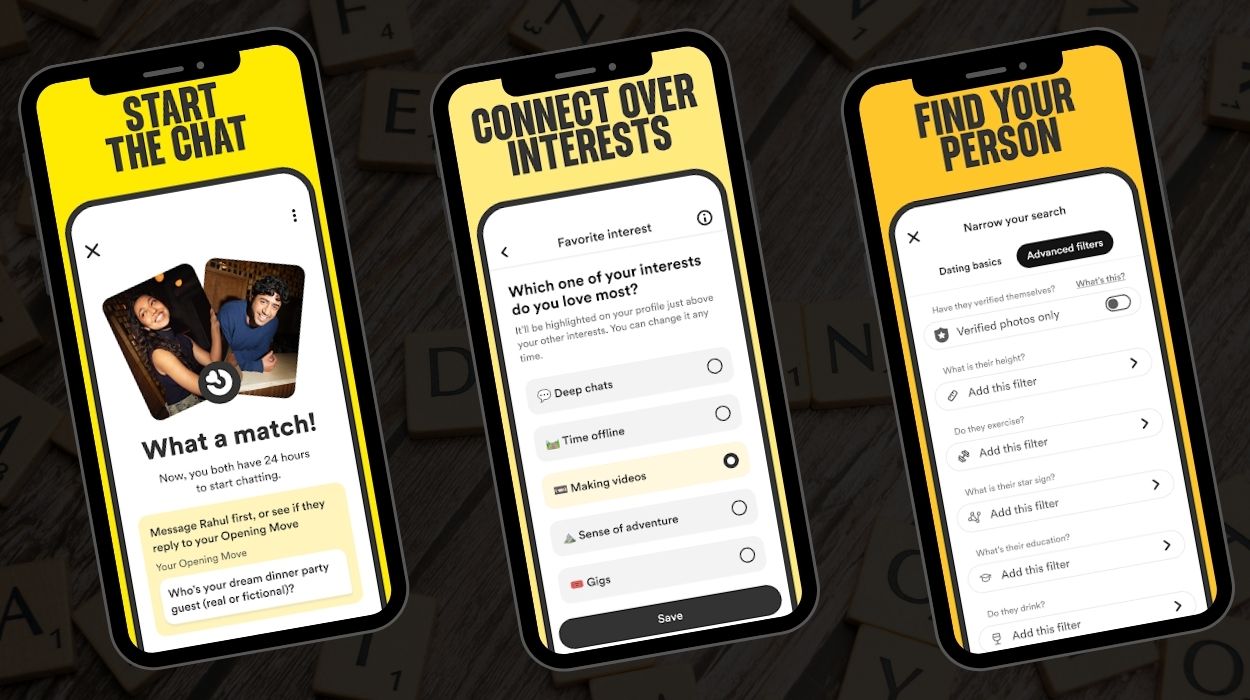
Real-life incidents of catfishing on Bumble
While Bumble hasn’t produced a media spectacle like the Tinder Swindler, plenty of users have reported catfishes. On Reddit, for example, one woman shared how “I was catfished on Bumble. The guy said he was in the military and was stationed overseas…” – a classic move of catfishing with fake military profiles. In her case, the man only wanted to talk at night and gave inconsistent details. When she pushed for a video chat to verify his identity, the charade fell apart. Another Redditor discovered someone was using her photos to catfish people on Bumble BFF (the friend-finding mode), proving you can even be catfished into a fake friendship.
Why Bumble users aren’t immune to catfishing
Bumble’s a lot like Tinder when it comes to vulnerabilities—huge user base, easy sign-ups, and pretty basic profiles. Sure, there’s optional photo verification and you can request a match to verify, but smart catfish usually dodge those. They just target people who don’t insist on it.
Bumble’s “women message first” rule might trip up a few scammers, but definitely not all. A fake male profile can just sit in wait for messages, while a fake female profile can keep matching freely, especially since guys on Bumble are often quick to reply. Plus, Bumble’s “wholesome app” image might actually lower your guard.
Related Reading: 15 Key Disadvantages Of Online Dating
How to keep yourself safe on Bumble
Bumble does have tools and features you can use to safeguard yourself, and of course, listening to your intuition always goes a long way. Here’s what to do if you suspect someone is a catfish on Bumble:
- Use Bumble’s verification tools: Get yourself verified, and don’t be shy about asking matches to verify too. If they don’t complete it within 24 hours, Bumble ends the chat automatically—a pretty good built-in scam filter
- Watch for love bombing and sob stories: If a match is pouring on the affection way too soon or hits you with a heartbreaking crisis early on, be skeptical. Scammers often butter you up before asking for help
- Check their social footprint: Look at linked Instagram or Spotify accounts. No activity, brand-new profiles, or mismatched names? That’s sketchy. Bring it up—how they respond will tell you a lot
- Use video or voice calls before meeting: Bumble’s app has voice and video features, use them. A real person won’t have endless excuses to dodge a five-minute call. A catfish will. If they make excuses, ask yourself, “Why won’t they video chat on a dating app?”
- Trust your gut: If something feels weird, it probably is. Glossy model photos, vague messages, rushing for personal info, these are all textbook scammer behaviors. Take your time. Bumble gives you 24 hours to respond—use it to dig a little if needed
Related Reading: The Art Of Online Dating: Navigating The World Of Apps And Websites
3. OkCupid
OkCupid has been a staple of online dating since the early 2000s, known for its in-depth questionnaires and quirky match questions. But despite its focus on compatibility and “getting to know you” details, OkCupid isn’t free from catfishing either. In fact, because it’s a free platform, with optional paid perks, and allows lengthy messaging, OkCupid can be a playground for romance scammers.
Users might let their guard down due to the app’s more “serious dating” vibe and extensive profiles, but that just gives a determined catfish more personal info to work with and mimic. OkCupid has implemented some safeguards—for example, they now reportedly use algorithms to scan for fake profiles like those run by “Nigerian scammers”—still, the human factor remains: users can be duped by a convincing profile and sweet talk.
Real-life incidents of catfishing on OkCupid
A recent ABC7 News investigation in California exposed a devastating OkCupid scam. A 57-year-old North Bay woman named Rajni G. matched with a man named “Harry” on OkCupid. Recently divorced after a 30-year marriage, she was looking for companionship and thought she’d met a wonderful new partner, “Harry”, who claimed to live near her (in Los Altos, CA) but said he was temporarily in Turkey on a work project. They spoke every day; he sent her loving emails, calling her “my dearest”, and saying things like, “being yours is the greatest blessing,” making her feel truly special. Over weeks, he built up trust.
Then came the ask: he needed help purchasing materials for his project abroad. She obliged, happy to assist her new love. But one payment turned into many, each with a creative new excuse. By the end, this romance scam cost Rajni $300,000 in wire transfers. She even asked for proof of identity and the scammer sent a fake passport and driver’s license, which looked legitimate enough. Only when her money was gone did the harsh truth emerge: the real person in the photos had no idea his pictures were being used, and the entire romance had been a lie.
This underscores that even on a somewhat serious-minded app like OkCupid, you must stay vigilant. Scammers exploited Rajni’s loneliness and the information she shared, spinning an intricate web of lies that felt very real to her. Sadly, her story is not an isolated incident. News reports have highlighted many such dating app romance scams where victims met scammers on OkCupid, Match, or similar sites.
Why OkCupid is at risk
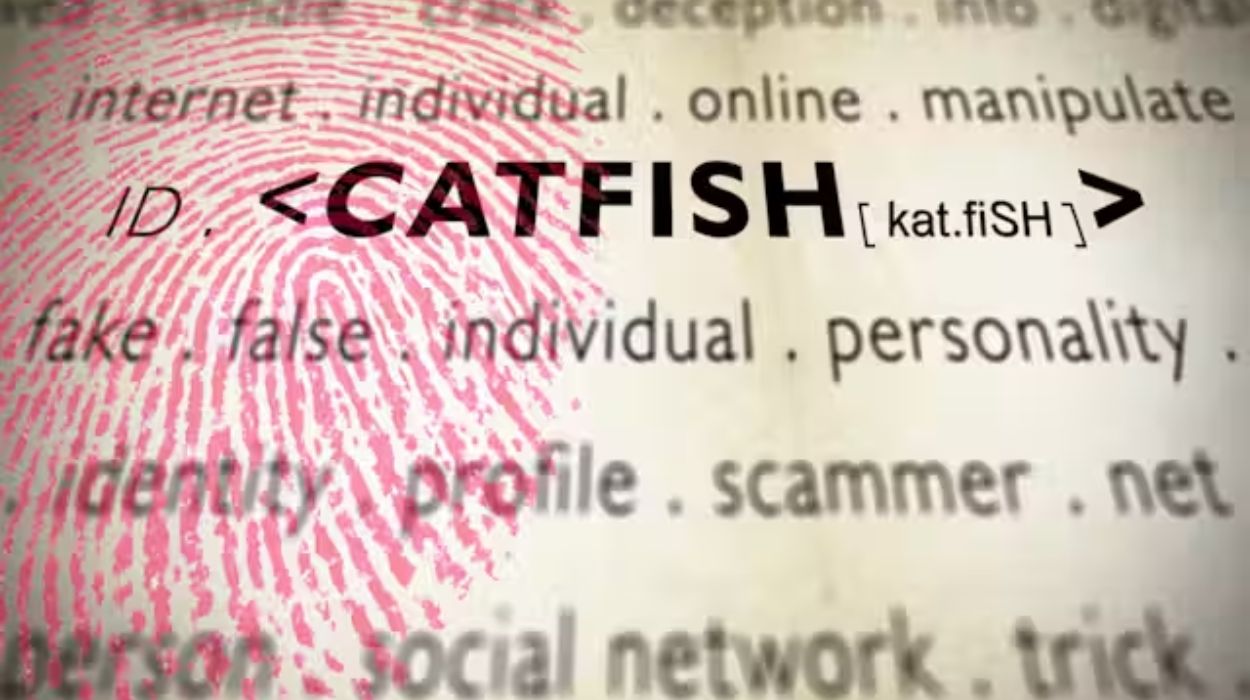
OkCupid’s biggest strength—detailed profiles—can also be a weakness. Scammers can easily mine your interests, job, education, even your personality test answers, to build a “perfect” match. Love dogs and volunteer? So do they—at least, that’s what they’ll claim.
The platform’s culture of deep conversations makes it easy for catfish to spin long, heartfelt stories without ever showing their face. Historically, OkCupid didn’t push real-name use or photo verification much, and although they’ve recently added a blue check option, many users still skip it.
Scammers also know OkCupid attracts people looking for serious relationships, including those who might be less internet-savvy—like recent divorcees or widows. Add in unlimited messaging, and you’ve got the perfect setup for a slow-burn scam that can stretch for months, bleeding trust (and money) little by little.
Related Reading: Real-Life Incidents That Show The Dangers Of Online Dating That Women Face
How to keep yourself safe on OkCupid
You can keep yourself safe by understanding catfishing in online relationships and being cautious when pursuing a new romantic connection. Following some basics of online dating safety can help you stay safe:
- Verify early: OkCupid now offers profile verification. Use it, and favor matches who do. Also, suggest a quick voice or video call early on. Someone who’s real won’t mind hopping on a five-minute chat; a catfish will
- Watch for the long con: If the relationship stays digital for months with endless excuses not to meet, be suspicious. Catfish often play the long game, weaving a perfect story online but never stepping into the real world
- Guard your personal info: Don’t overshare. Scammers love gathering bits of info—your workplace, kids’ names, financial situation—long before they ever ask for money. Keep early conversations light and general
- Reverse image search and social check: Got a match with just a couple photos? Run a reverse image search. Also, ask if they’re on Instagram or LinkedIn once you’re comfortable. If they refuse to connect outside OkCupid without a good reason, be cautious
- Never send money: If someone you’ve never met asks for cash—even a plane ticket or an iTunes card—it’s a scam. No exceptions. Big cases like Rajni’s $300k loss are rare, but small cons are everywhere. Don’t let a smooth talker drain your wallet
Related Reading: Online Dating Advice – 23 Important Tips
4. Plenty of Fish (POF)
Plenty of Fish, commonly known as POF, is one of the oldest dating sites around. Unfortunately, it has a bit of a reputation as a swamp full of scammers and fake profiles. The platform is completely free to use, which makes it a magnet for every catfish and bot-maker on the internet, earning it the reputation of one of the catfishing apps in the dating sphere.
Users have frequently complained about encountering blatant fakes on POF—catfishing using celebrity photos, profiles with stolen model photos, “people” who profess undying love after two messages, or obvious bots sending the same opening line to dozens of users. While POF, now owned by Match Group, claims to combat scammers, it’s clear that many still slip through. One reason is that, as a free platform, it’s easy for a banned scammer to just create a new account under a different email. Also, POF’s user base skews slightly older than Tinder/Bumble, and scammers often target older singles who might be more trusting or less tech-savvy about online schemes.
Real-life incidents of catfishing on POF
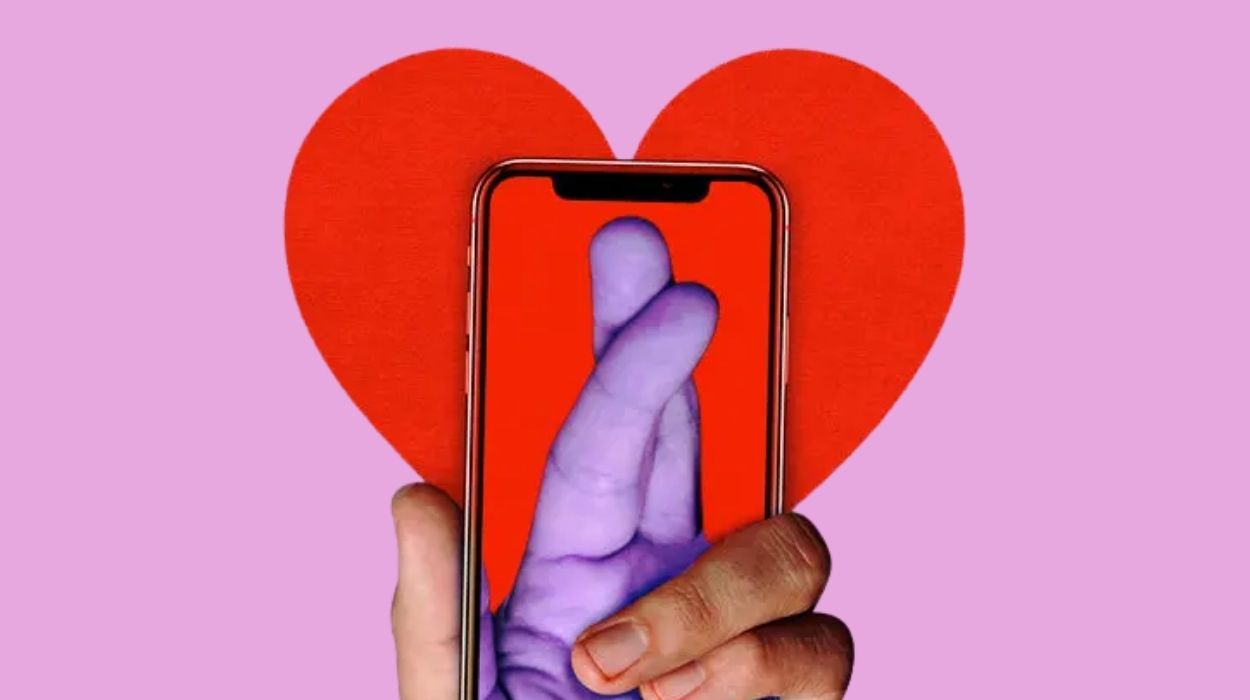
Plenty of Fish scam stories often start with a too-good-to-be-true match messaging out of the blue. The FBI’s Internet Crime Complaint Center reports have noted that scammers frequently initiate contact on POF and similar free sites, then move the conversation to Google Hangouts or WhatsApp to avoid detection. In one case out of New York, a widow in her 60s met a man on POF who claimed to be a contractor overseas; over several months he managed to convince her to send nearly $70,000 via wire transfers for his “project”, only for her to later discover he was neither a contractor nor even in the country.
People also report classic catfishing on POF where the person they arranged a date with turns out to look nothing like their photos. Because POF doesn’t have robust verification, some users, even non-malicious ones, misrepresent themselves more freely, leading to disappointment and distrust.
Why POF is at risk
The risk of catfishing on POF is augmented by a host of factors such as:
- Free access + minimal barriers: Anyone can create a POF account with just an email—no phone verification needed unless suspicious activity is detected
- Outdated platform: Built in 2003, POF lacks modern anti-scam features like mandatory photo verification or easy video chat
- High scammer activity: The low entry bar has attracted bots, overseas scammers, and mass copy-paste spammers
- Detailed profiles exploited: Scammers use “intent” sections and user write-ups to target people looking for serious relationships
- Open messaging system: Bad actors can send unsolicited messages to large numbers of users without matching first
- Weak moderation: Reliance on automated filters and user reports, with limited proactive scam removal, allows fake profiles to thrive
Related Reading: 18 Online Dating Red Flags That Should Not Be Ignored
How to keep yourself safe on POF
However, this does not mean that it’s just not possible to make genuine connections on POF. If you’re a user, you can steer your dating journey toward authentic people with the following steps:
- Be skeptical of incoming messages: Watch for empty profiles, too-perfect photos, and generic pickup lines — classic scammer tactics
- Verify early: Suggest a quick video call or ask for a specific casual selfie to confirm they’re real
- Watch for “military” or “working abroad” stories: These are top excuses scammers use to avoid meeting in person
- Use POF’s tools: Report suspicious users, and leverage live video and voice message features to check authenticity
- Push for a real-life meeting: Suggest a safe, public meetup after a few weeks of chatting; evasion is a red flag
5. Hinge
Hinge markets itself as “the dating app designed to be deleted”, implying that it’s for people seeking serious relationships, not endless swiping. It tries to create deeper connections by using detailed prompts, and it initially gained popularity for connecting people with friends-of-friends. You might assume Hinge, with its slick interface and relationship focus, would have fewer catfish.
However, Hinge catfishing is very much a reality. While Hinge’s community might have fewer outright bots than something like POF, catfish can absolutely thrive here by exploiting the trust of users who believe they’re meeting “the one.” Remember, scammers go where the opportunity is and Hinge’s growing user base, especially among professionals and millennials looking for love, is an attractive target.
Real-life incidents of catfishing on Hinge
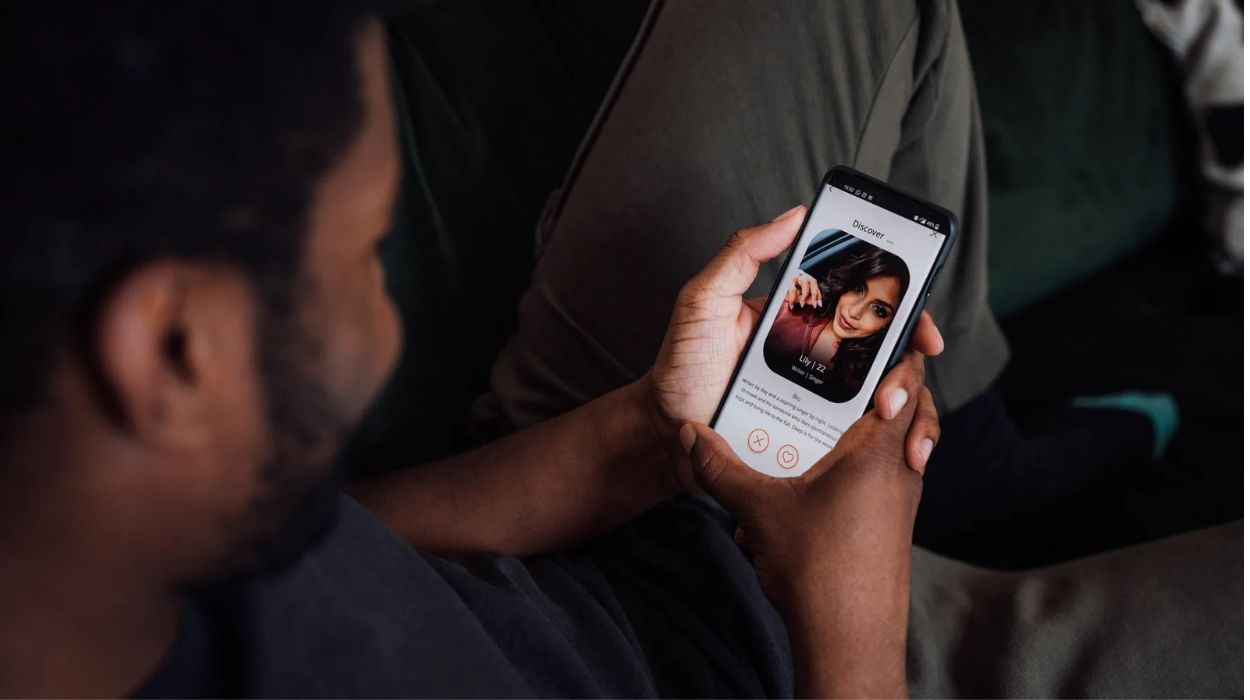
Anecdotally, users have reported instances of matches on Hinge who turned out to be using someone else’s photos or lying extensively about their identity. In one Reddit thread, a user lamented, “Too much catfishing on Hinge!”, and described how her friend in NYC discovered a Hinge guy was an imposter only after a phone call revealed discrepancies. Another chimed in, “I recently got catfished on Hinge… it does happen,” highlighting that even on Hinge this issue is alive.
A tech worker from Chicago matched with someone on Hinge claiming to be a graduate student new in town. They messaged for weeks and even spoke on the phone once. But every time they set up a date, the other person had a last-minute emergency. Sensing something was off, the Hinge user did a reverse image search and bingo – the photos were of an Instagram influencer in a different state. When confronted, the “grad student” vanished.
In another instance, a man in Los Angeles encountered a “woman” on Hinge who steered the conversation toward cryptocurrency investments over a couple of weeks, trying to lure him into a crypto scam. He grew suspicious when her responses sounded copied from a script, and he later found out many others had been contacted by the same profile pushing a similar crypto pitch.
Related Reading: 50 Incredible Responses To The “Dating Me Is Like” Hinge Prompt
Why Hinge is at risk
- Detailed profiles create false trust: Scammers fill out prompts convincingly, making fake profiles seem real
- Late rollout of photo verification: Hinge only added verification in 2023; many users may still be unverified
- Trusting user base: Users looking for serious relationships may engage too deeply before verifying
- Weaker safety reputation: Compared to Bumble, Hinge flies under the radar, making scams less expected
How to keep yourself safe on Hinge
Here are some tried and tested ways you can steer clear of fake profiles and scammers on Hinge:
- Use photo verification: Favor verified profiles and ask unverified matches for casual selfie proof
- Watch for inconsistencies: Be alert to contradictions between profile info, chats, and voice notes
- Ask detailed follow-ups: Dig into their prompt answers; real users will respond authentically, scammers may dodge
- Avoid financial conversations: If talk shifts to investments or money, disengage and report the profile
- Video chat early: Use Hinge’s in-app video call or other apps to confirm they’re real before getting too invested
Related Reading: To Swipe Left Or Right? Smart Insights for Better Matches
6. Grindr
Grindr is a dating app primarily for gay, bisexual, and queer men. It’s location-based and geared more towards quick meetups and hooking up, though many use it for chat and dating as well. You might think catfishing is harder on an app that’s very photo-centric and immediate—people often meet within the same day—but Grindr has its own catfish problems.
Unlike the other apps on this list, the stakes on Grindr catfishing can be especially high because encounters are often in person and sometimes private. This has unfortunately led to cases where criminals use fake profiles on Grindr to lure victims for robbery or worse. There’s also the more common scenario of individuals catfishing on Grindr for emotional reasons—perhaps a closeted person using someone else’s pics out of fear of being recognized, or a troll playing jokes. Even those can have serious emotional impact or lead to unsafe situations if meetings are arranged under false pretenses.
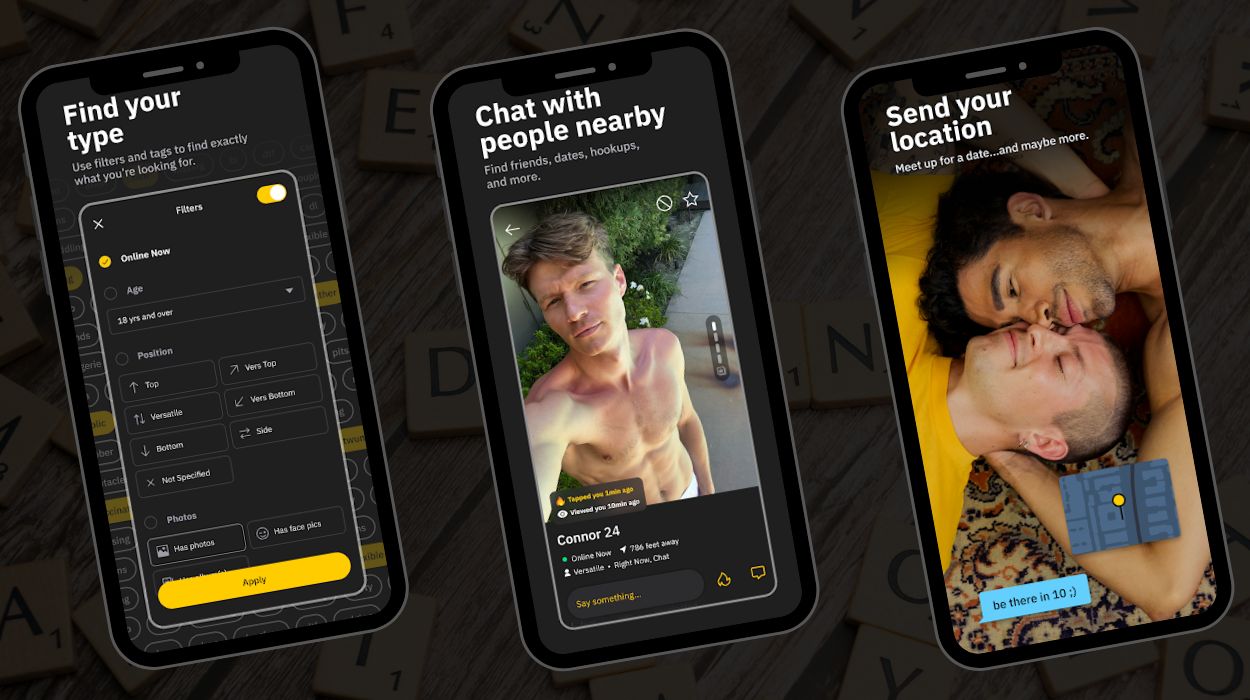
Grindr also has a culture of anonymity and many users don’t post a clear face photo publicly. This norm can make it trickier to verify who you’re talking to. It’s not uncommon to get asked “Got pics?” on Grindr because the profile itself might not have them. Catfish can use this to their advantage by sending a few stolen photos privately to seem legit, then quickly making an excuse to avoid things like video chatting.
Real-life incidents of catfishing on Grindr
In one of the most heinous catfishing incidents ever reported, a group of men in the UK created attractive fake profiles on Grindr, arranged dates, and then ambushed and assaulted the victims to rob them, stealing over £100,000 worth from multiple victims before being caught. Similarly, in the U.S., a Compton man pleaded guilty to using Grindr to set up over 20 men to be robbed at knifepoint, often after gaining entry to their homes. These are extreme, criminal examples of catfishing on Grindr, dubbed by some as “honey trapping.”
Another case from 2019 involved a man in Florida who was targeted via Grindr, robbed and unfortunately killed. The perpetrator had used a fake profile to gain access to the victim’s home . On the less violent but still harmful side, catfishing on Grindr has also been used as a tool for harassment or outing. There have been reports of people creating a fake profile of someone they know, using that person’s photos without permission, and then sending hurtful messages or trying to “out” them to others. Catfishing on Grindr isn’t always about money; sometimes it’s malicious social sabotage.
Related Reading: 9 Worrying Signs A Cyberstalker Likes You And How To Protect Yourself
Why Grindr is at risk
Several aspects of the way this dating platform works put its user base at a greater risk of being catfished. These include:
- Fast, real-time meetups: Less time to vet matches increases catfishing risks
- No verification system: Anyone can use fake photos without easy checks
- Ephemeral pics and no social links: Makes it easier to hide true identity
- Casual culture: Users may skip verification or background checks
- Targeted scams: Some attackers target Grindr users, counting on reluctance to report.
How to keep yourself safe on Grindr
If, despite the risks, you want to continue exploring Grindr for casual hookups and dates, follow these tips to safeguard yourself:
- Request real-time pics: Ask for fresh selfies; trust your instincts if photos seem suspicious
- Prefer public first meetings: Meet in public before private plans; share your location with a trusted friend
- Stay alert during meetups: Leave immediately if something feels wrong or sketchy
- Guard personal info: Avoid sharing addresses or sending compromising photos early on
- Block and report: Use Grindr’s tools to block/report catfish; serious incidents should be reported to police too
7. Facebook dating and social media catfishing
Facebook Dating is a feature within the Facebook app that launched to leverage Facebook’s vast social network for romantic matches. While not as widely used as dedicated dating apps, it’s still part of the dating sphere and it inherits all the catfishing issues that plague social media. Whether you’re using the official Facebook Dating service or just hopping on trends like Facebook/Instagram dating, be aware: catfish lurk on these platforms.
On Facebook Dating, you’d expect people to be real since it connects to their Facebook profiles. However, Facebook accounts can be faked too, or real accounts can be used with deceptive intent. A catfisher might create a whole Facebook profile persona, complete with friends and photos, just to back up their dating profile lies. Or they might hijack someone else’s pictures and make a dummy profile. The advantage for scammers here is the aura of credibility, where you think, “It’s a Facebook profile, it must be real!”
Real-life incidents of catfishing on Facebook Dating and other social media
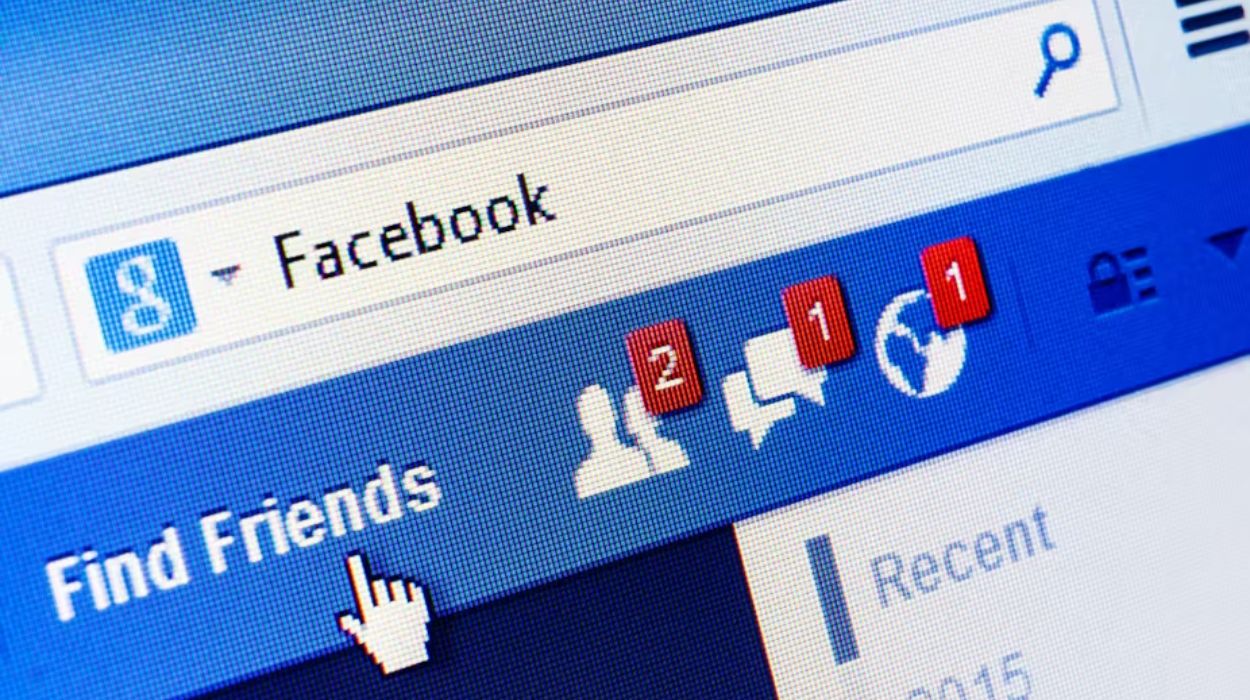
One of the most drastic examples of catfishing via Facebook—not specifically Facebook Dating, but the platform at large—is the story of Liza Likins. Liza, a former backup singer, thought she found true love with a man on Facebook. He sent her romantic messages daily, professing deep love, the whole nine yards. Over time he wove an elaborate romance and eventually, like many scammers, concocted reasons why he needed financial help.
Liza ended up losing more than $1 million to this Facebook catfish before the truth emerged. The kicker: the photo “he” was using belonged to a completely different man—a Brazilian man named Raho B., who was shocked to find his images had been used in multiple scams.
On Facebook Dating itself, there have been reports of the usual tricks: profiles of attractive people that are actually run by scammers often trying to get you to move off the app. They might say, “I’m not on here much; message me on Hangouts/WhatsApp.” This is a strategy to remove you from Facebook’s oversight. And while Facebook Dating can show you if you have mutual friends or common groups, which can lend a sense of security, don’t rely solely on that. Catfish can infiltrate those too to seem more legit.
Related Reading: Things Guys Do On Dating Apps That Instantly Creep Women Out
Why Facebook and social media are at risk
Facebook Dating and other social media platforms are a hotbed of catfishing scams because of,
- Scale and trust: Billions of users plus mutual connections create easy trust for catfish to exploit
- Longevity: Fake accounts can stay active for years, scamming multiple victims
- No ID required: Easy for scammers to create multiple fake profiles
- Oversharing: Public posts give scammers tools to craft believable lies
- Hidden profiles on Dating: Facebook Dating doesn’t automatically link to full profiles, making catfish harder to spot
How to keep yourself safe on Facebook Dating/social media
If you enjoy using social media to connect with new people, either for romantic pursuits or just make new connections, you must follow the following steps to keep yourself safe:
- Cross-check profiles: Look at their main Facebook/Instagram for history, mutual friends, and activity
- Watch for sob stories or money requests: Scammers often play on sympathy with personal tragedies or urgent financial needs
- Use safety features: Share your live location with friends and set up Trusted Contacts for extra security
- Protect your Facebook account: Tighten privacy settings, avoid clicking suspicious links, and watch for phishing
- Stay in the app: Keep chats in Messenger/Facebook Dating until you trust them – don’t rush to WhatsApp or other apps
- Leverage your network: Discreetly verify mutual connections or facts like their workplace through independent searches.
Pro Tip: Your intuition and sticking to safe online dating practices are your safest bets at protecting yourself from falling prey to catfishing scams. You can also bolster this safety net by leveraging technology to sniff out catfish and fake profiles. One such platform is Social Catfish, an online verification service designed to help you uncover deceptive profiles and avoid falling victim to catfishing. By conducting thorough background checks, including reverse image searches and social media investigations, Social Catfish can verify the identity of your match and reveal hidden red flags. It’s an excellent tool for protecting yourself in the world of online dating. Don’t take risks – make sure your online connections are real. Visit Social Catfish today and verify before you trust!
Safe Online Dating Alternatives You Can Use
Not all dating apps are fraught with peril. Some platforms prioritize safety and have features to help users verify and trust each other. Below is a quick roundup of safe dating apps, known for their commitment to user safety. Consider these alternatives if you’re feeling skittish about the apps above. Each of these has distinguishing features designed to combat catfakes, scams, or harassment, helping you avoid getting catfished online while searching for love.

Why these alternatives? These apps invest in features to verify user identities like photos, official profiles, or paid membership and foster accountable communities. While no app is 100% scam-proof, choosing a platform with safety features gives you an edge. Always remember, even on “safe” apps, to keep practicing the same vigilance and online dating safety tips. Verify profiles, take things slow, and use the tools at your disposal to ensure the person you’re talking to is authentic.
Final Thoughts
The emotional and financial fallout from falling for a catfish can be significant, but staying alert helps reduce risks. Always follow the mantra: trust, but verify. Confirm a connection’s identity through a video chat, check their stories for inconsistencies, utilize safety features provided by dating apps, and if you find too many fakes, consider switching to platforms that prioritize authenticity.
If you get catfished, remember it’s not your fault. Report the scammer and seek support from friends and loved ones, as well as authorities. Above all, don’t let caution get in the way of the possibility of finding love. Remember, most people on dating apps are genuine. With caution and awareness, you’ll avoid scammers and find a meaningful relationship. Stay safe, and happy dating!
Looking For The Perfect Headline For Dating Site? 200+ Ideas
Your contribution does not constitute a charitable donation. It will allow Bonobology to continue bringing you new and up-to-date information in our pursuit of helping anyone in the world to learn how to do anything.



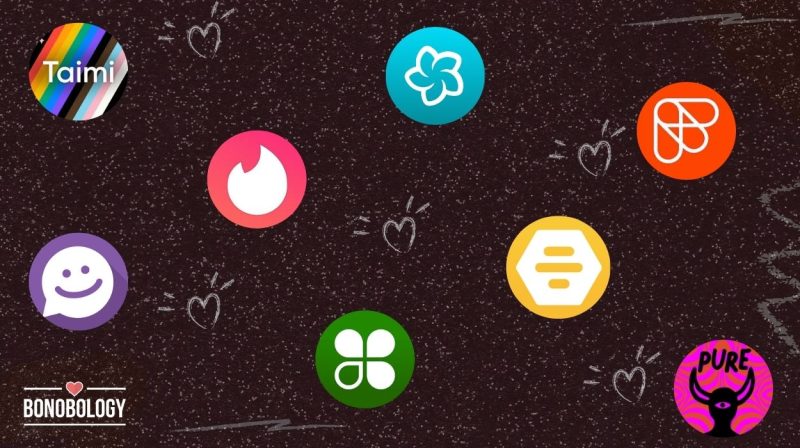

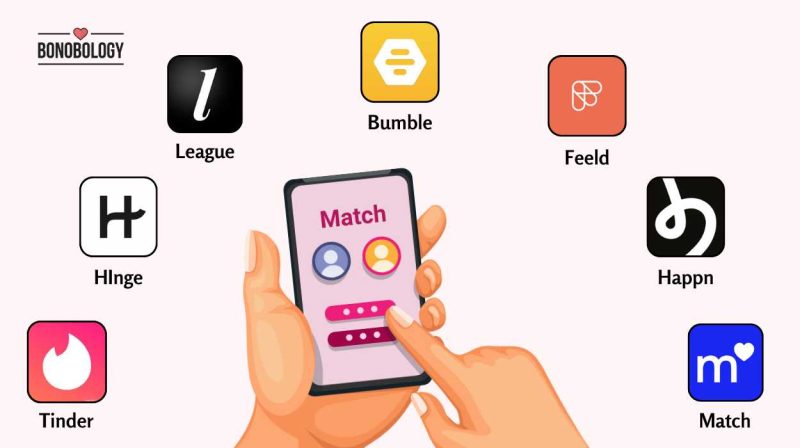

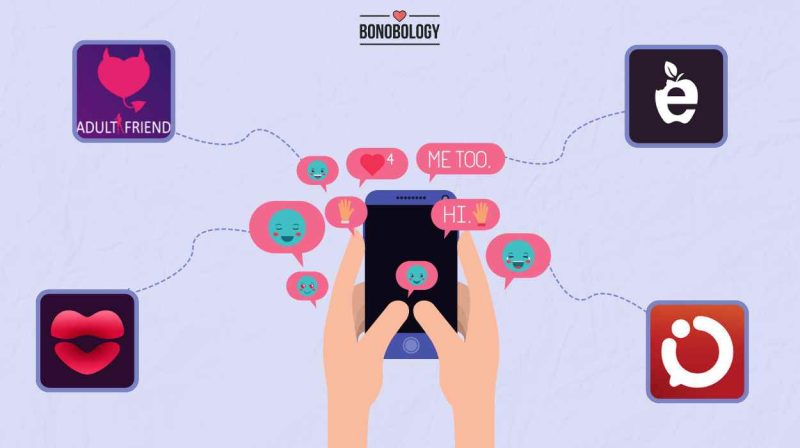


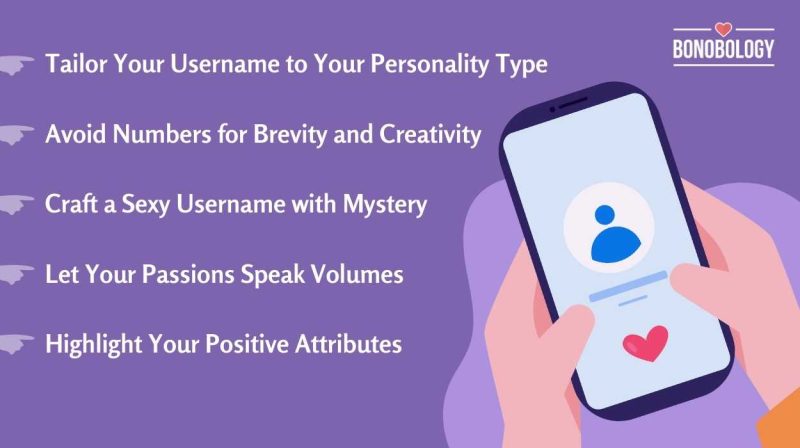
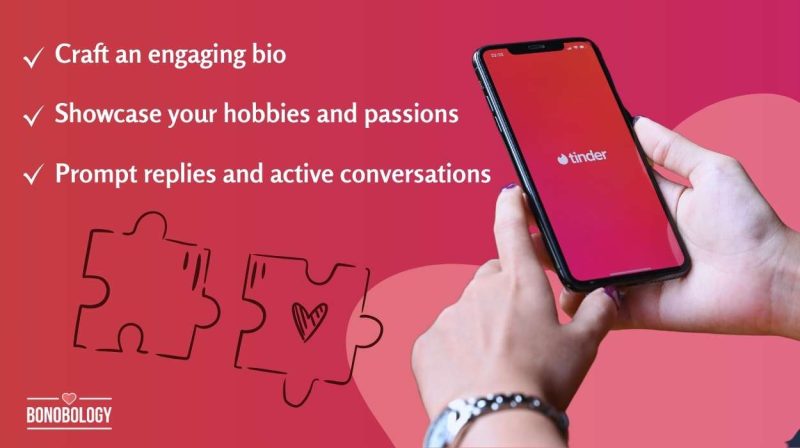

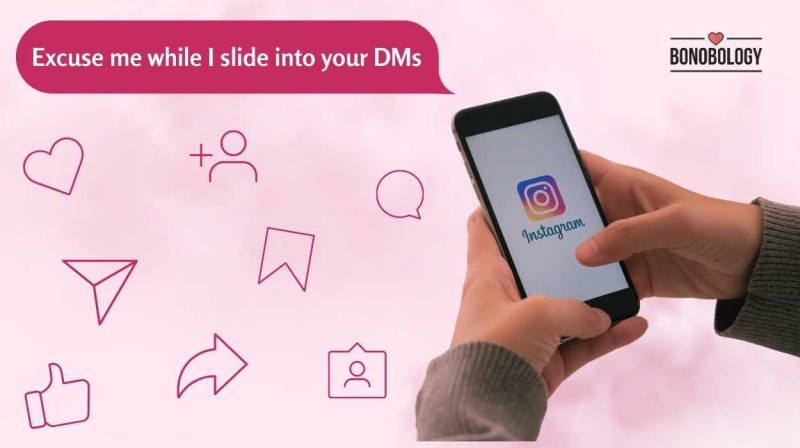

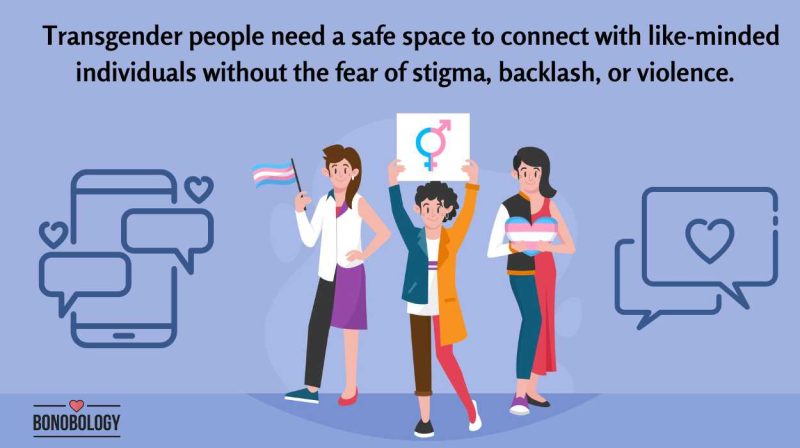


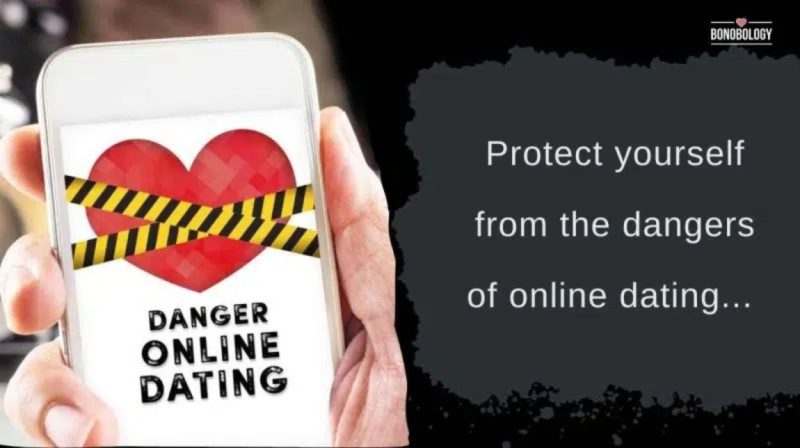



Featured
13 Best Anime Dating Sites And Apps For Otaku Singles In 2025
21 Best Hookup Apps For Those Looking To Get Laid
How To Text A Girl For The First Time: 15 Tips And 75 Examples
15 International Dating Sites — Broaden Your Search For Love
15 Real Mature Female Dating Profile Examples
15 Best Dating Apps For Cheating | 2025
❤️ Meaning From A Girl—5 Interpretations And How To Respond
Looking For The Perfect Headline For Dating Site? 200+ Ideas
200+ Ideas For A Username For Dating Site — Set Yourself Apart
10 Actionable Steps To Increase Tinder Matches
13 Genuine Tips To Help You Slide Into Someone’s DMs
65 Best Instagram Pickup Lines To Start A Conversation
How To Find A Millionaire To Date: 10 Ways To Attract A Millionaire Man
9 Best Trans Dating Apps And Sites: Top Expert Picks
50 Incredible Responses To The “Dating Me Is Like” Hinge Prompt
100 Best Hinge Conversation Starters To Get You To The Talking Stage
11 Best Background Check Sites for Dating in 2025
69 Flirty Dares Over Text To Spice Things Up
The Art Of Online Dating: Navigating The World Of Apps And Websites
15 Best Free Dating Sites For Serious Relationships | 2023